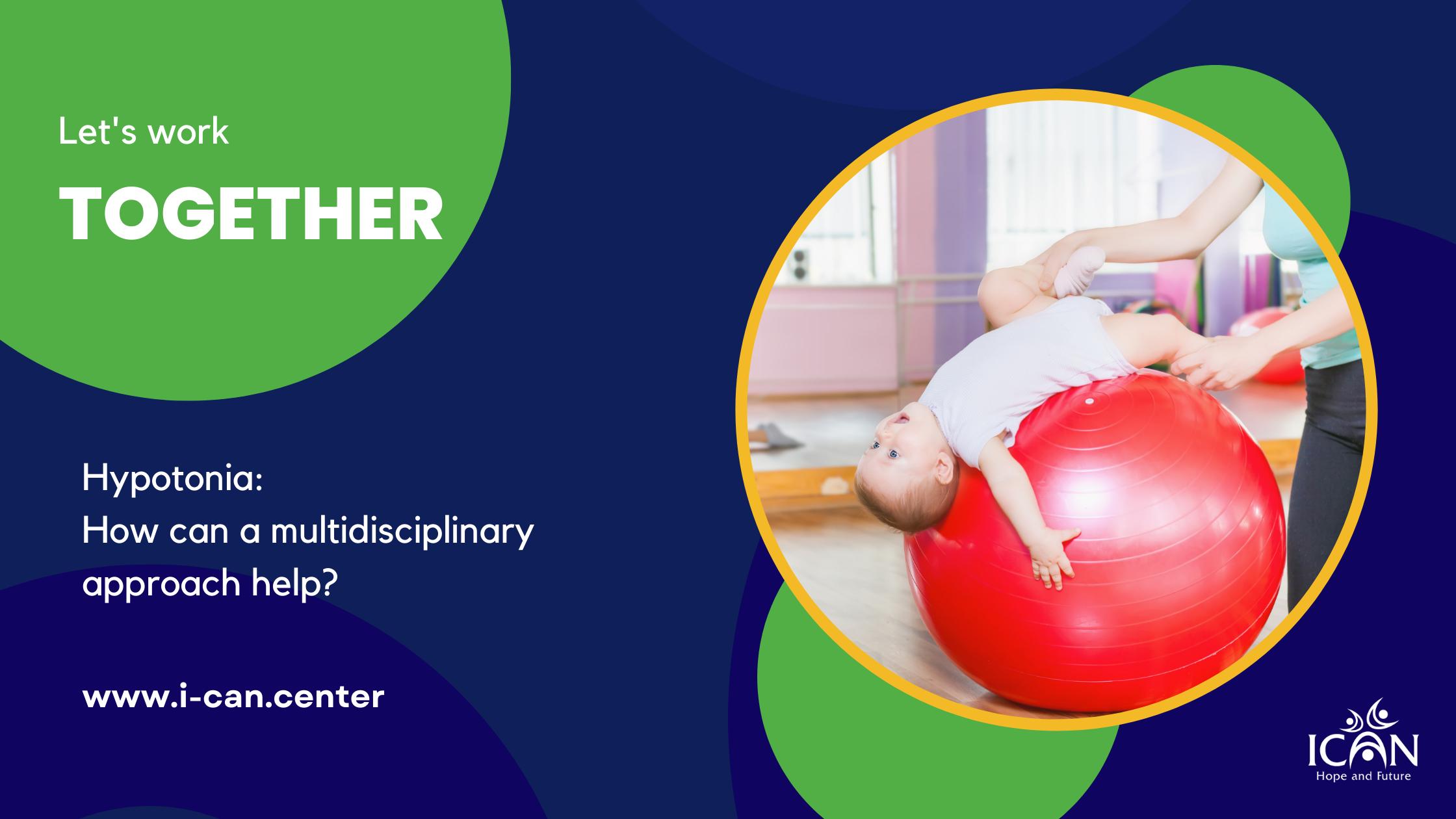
Hypotonia, or low muscle tone, can be caused by a variety of reasons. Central hypotonia is due to damaged signals from the brain to the spinal cord, and peripheral hypotonia is due to damaged signals from the spinal cord and muscles. A baby with hypotonia may undergo a variety of different tests to determine the underlying cause to assist with treatment. If the cause of hypotonia is unknown, rehabilitative services are usually a good place to start to assist with muscle function and improve overall outcomes.
How does PT help?
A child with hypotonia will likely have some weakness and postural abnormalities. A physical therapy evaluation will include birth and medical history, strength and range of motion assessments, and functional mobility assessment. Treatment will likely include orthotics or adaptive equipment to help the child protect their joints and be as safe as possible during mobility. Depending on the severity of the tone, orthotics may range from simple foot inserts to full leg bracing, and assistive devices may range from forearm crutches to a wheelchair. Using the proper orthotics and assistive devices will help maintain good posture during sitting and standing activities and help to prevent injuries. A physical therapist may work closely with an orthotist or assistive technology professional to make adjustments to equipment as needed.
How does OT help?
A child’s ability to perform complex fine motor tasks relies heavily on proximal stability. In other words, a child must be secure at their core before they can recruit muscles in their hands for a tricky task. Much like a physical therapist, an OT will address posture and stability for sitting, kneeling and standing with strengthening exercises and/or postural assistive devices. Once a child’s core is stabilized the OT can help your child develop coordination of their extremities for tasks through the use of playful functional exercises and games. This targeted therapy can overcome some joint laxity experienced with hypertonia and improve overall participation in daily activities of self-care, academics, and play.
How does ST/feeding help?
Feeding therapy may be beneficial for a child with hypotonia. Depending on the severity of the tone, the muscles around the jaw, lips and tongue maybe impacted. Adequate strength of these muscles is needed in order to chew and swallow foods safely. After an oral motor assessment and a variety of food is tried, various exercises with food and non-food may be performed during therapy sessions. Practicing the exercises during therapy sessions and at home will improve strength so the child can chew food safely.